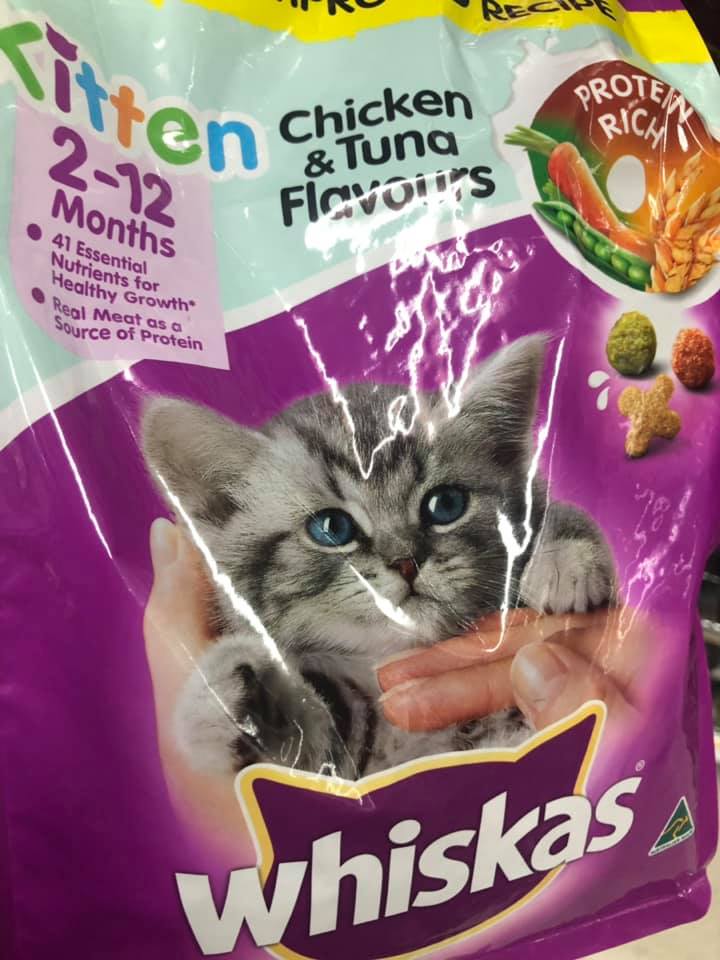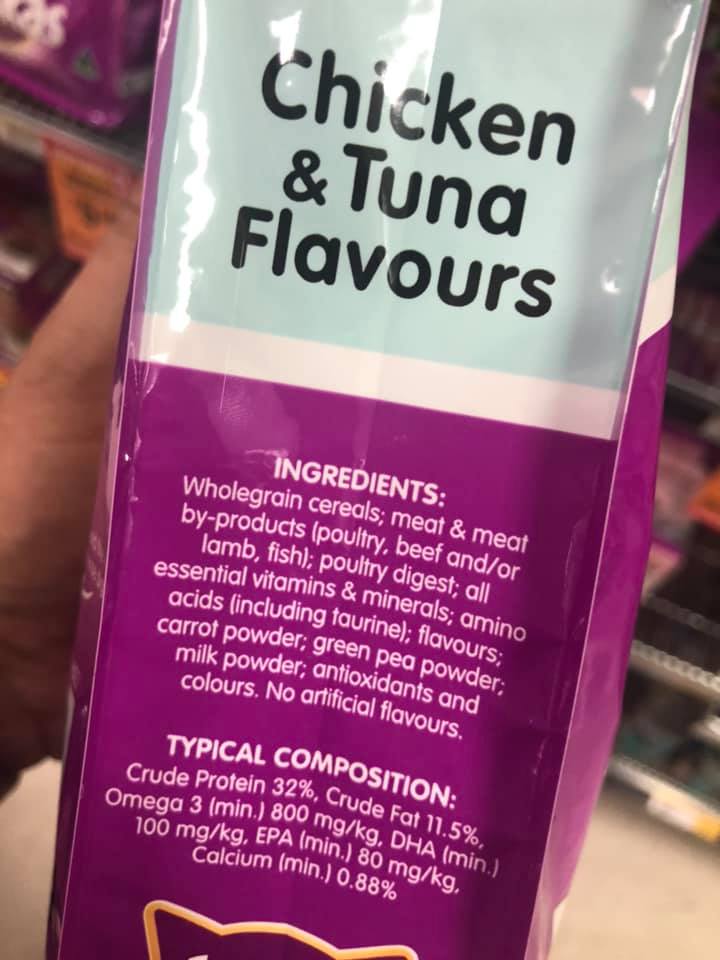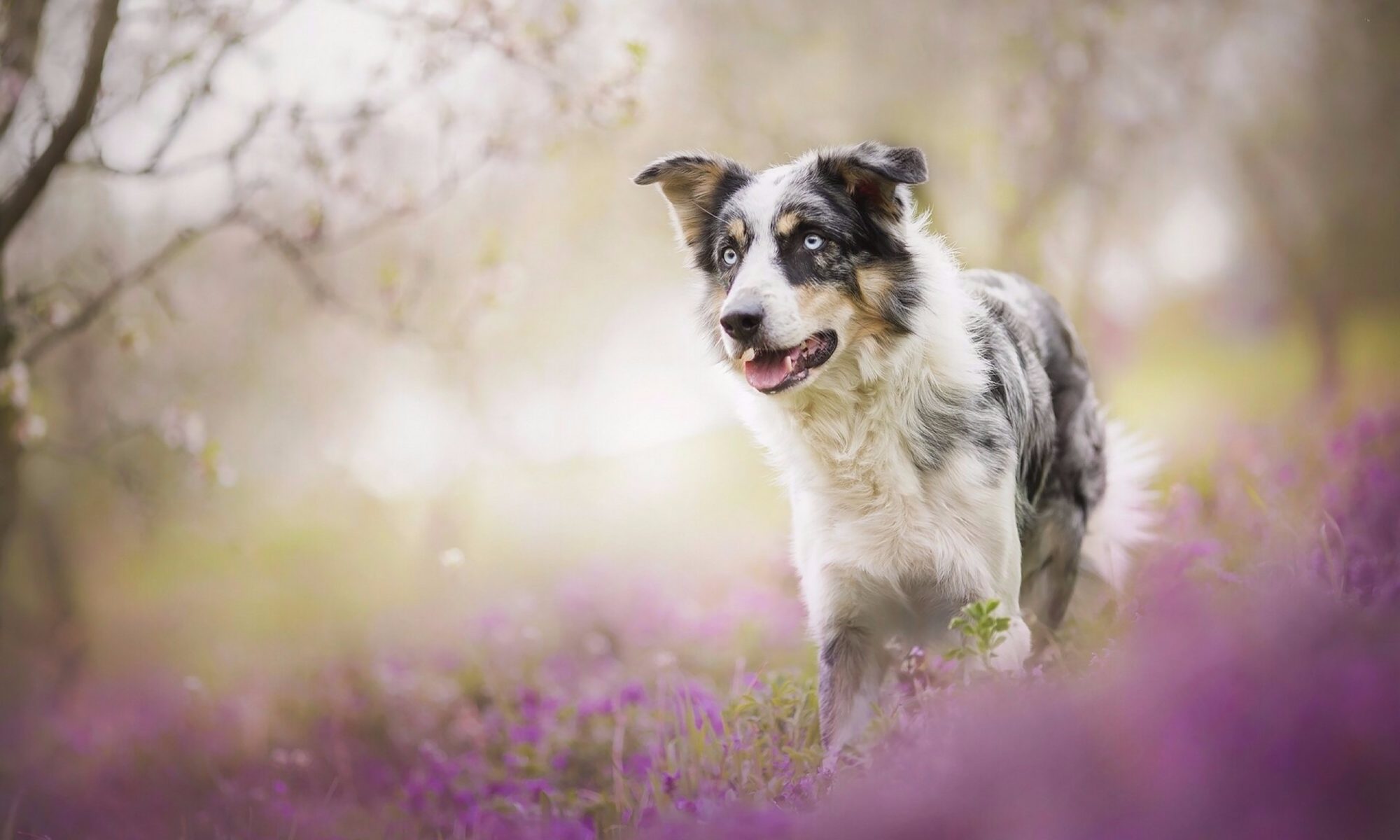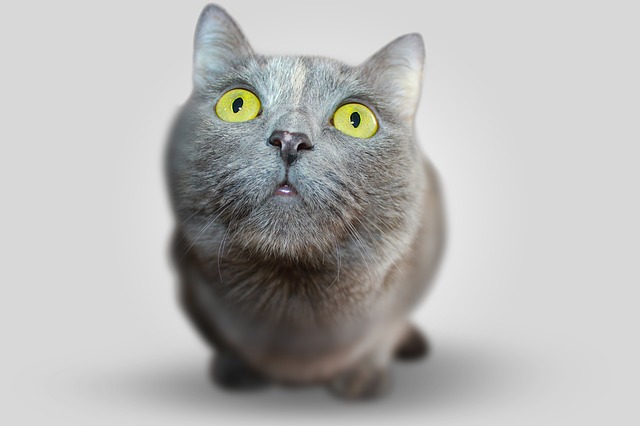Let’s talk about why cats get sick.
Actually, scrub that. Let’s talk about Whiskas.
Whiskas has been around since 1936 (rebranded to Whiskas in 1988) so I’m guessing you’ve all heard of it? Eight out of ten cats prefer it, apparently. It’s one of the many pet food products brought to us by Mars of legendary Mars Bar fame (as well as Pedigree, Advance, Royal Canin, Nutro, Eukanuba, Iams, Sheba, Cesar, and on and on).
Take a look at the two photos of a Whiskas dry food for kittens aged 2 to 12 months. There are many tell-tale signs which suggest the product may not be the best thing to give your pet during their most critical growth stage. To give you a clue, Wikipedia classifies a domestic cat as a “Hypercarnivore” which should have a diet of more than 70% meat.


Ok, have you studied the two photos? Did you get any of the following:
#issue1 The main ingredient is “Wholegrain Cereals”. For a CARNIVORE? How can that be good? It’s even more worrying when you consider it’s the majority of the product. They don’t even say what grains (we can assume wheat as the cheapest option), and that’s going to take a serious toll on the health of your cat. Thankfully down the line your vet can prescribe an expensive prescription formula to help them cope with whatever illness they’ve developed from being continuously pumped full of grains…
#issue2 Food colours. Given they’re not listed as “natural” we can assume they’re “artificial”. Most people in this day and age know artificial food colourings are bad, and it’s pretty pointless given a cat doesn’t really care about the colour of their food.
#issue3 We can assume the antioxidants aren’t natural either. If the likes of BHA and BHT mean anything to you then this would be something you’d find worrying. If you don’t know what they are, Google them. Who knows what chemicals they’ve used in Whiskas to keep it on the shelves for months on end.
#issue4 See the big text saying “Chicken & Tuna Flavours”? When it comes to labelling requirements that means there really won’t be much chicken or tuna in the product. Even when we see stuff like “With Chicken” it means a minimum of 5%, so this is very likely less than that. So in short, don’t be fooled into believing the product is Chicken & Tuna. It isn’t. Compare the ingredients of this product to other meat flavours and you’ll see they’re “same same but different”.
#issue5 There’s a nice graphic of a carrot, peas, and wheat on the front of the bag, along with the words “Protein Rich”. Despite this being marketing, the proteins from carrots, peas, and grains aren’t ideal proteins for a carnivore. They’re not as easily digested, and they’re not as complete. Even if carrots and peas sound healthy, they’re actually in very small amounts in powder form near the bottom of the ingredients list where they don’t really count. So what they’re really talking about is proteins from grains (which again aren’t ideal for cats).
#issue6 Also on the front of the packet are the words “Real Meat as a Source of Protein”. I’m glad they say “real” meat, as I’d be concerned if it was some kind of vegan derivative meat (no offense to vegans). They don’t say how much protein comes from real meat, so it doesn’t have to be much.
#issue7 We see they’ve added taurine, an essential amino acid for cats (and dogs) critical for vision, heart health, immune system, and more. Without taurine our cats would be screwed, but thankfully it naturally occurs in meat, fish, and dairy products. But hold on… if they’ve had to add it, what does that say about the meat and fish content in the product?
#issue8 If protein is 32% and fat is 11.5%, what percentage of the product is carbs? Carbs turn to sugars… and sugars can cause… a whole range of health problems.
Does it make you wonder if we’ve all been fooled by marketing? 🤷♂️
Would you feed your kitten a bag of wheat? Sounds like a daft idea, doesn’t it?
Anyway, back to the beginning – I wonder why so many cats get sick? Don’t you?

